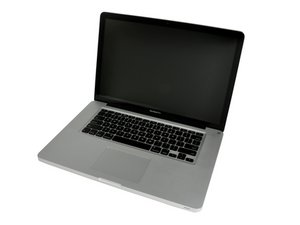MacBook Booting From USB By Default, Keyboard Not Working
I apologize for the length of this post but I wanted to be thorough. I have a 2009 MacBook Pro that someone gave me because they spilled coffee on it. It ran, but the keyboard typed in like Webdings until I pressed the Fn key, then it kind of worked but the Delete, Command, and Option keys didn’t.
I bought a replacement keyboard and installed it, along with more RAM and an SSD, since I already had it open. I thought I could just boot from a USB device and install OSX on the SSD from there, but it didn’t work so I swapped the original HDD back in. The keyboard worked fine the first try and booted into recovery the first time I tried, but when OSX booted up the keyboard stopped working correctly. Caps Lock is on permanently now, and the delete key still doesn’t work. I don’t think Command and Option keys do, either, so I can’t change my startup disks after a restart.
That’s to preface this by saying I can’t rely on the keyboard to boot into Startup Manager or Recovery Mode. I plugged in a USB keyboard to use with the HDD, and attached an SSD via USB as well. I installed El Capitan onto the SSD then swapped the drives out, but I got the “prohibitory” symbol. When I plug the SSD back in via USB, WITHOUT a disk attached to the Mac SATA cable, it boots into El Capitan from the SSD. If I reconnect the original HDD to the Mac SATA cable and change the startup disk in OSX to boot from the original HDD, that works.
Why can’t I just connect the SSD to the Mac SATA cable and boot from there? And how do I fix the dadgum keyboard? If the options key doesn’t work I’m not sure what to do next.
Thanks!
Edit 1: Here is a picture of the error I was getting while trying to install the OS on my SSD, via USB:

Es esta una buena pregunta?



 35
35  330
330  971
971
1 comentario
Replace your SATA cable with a new one and see if that helps
- de Deirdre Dove